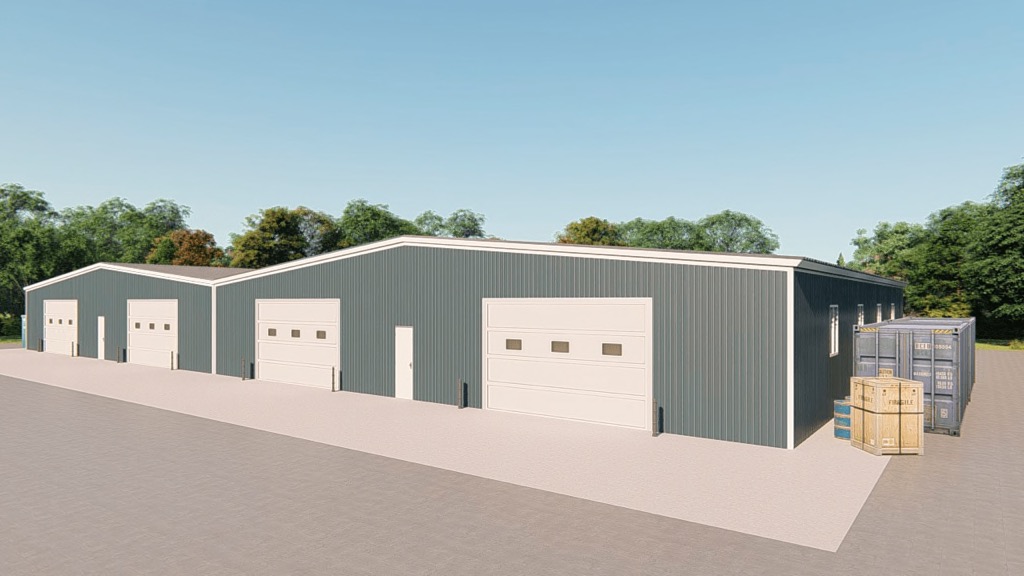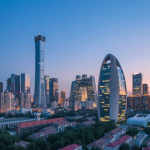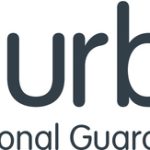
Building Tomorrow: Exploring the Cutting-Edge Innovations Shaping the Future of Metal Construction
The construction industry is constantly evolving with time and technological advancements. Every new design or robust material that comes along requires the industry to adapt for a better tomorrow. Recently, attention has been drawn towards sustainable, affordable, yet durable structures, leading to the use of steel in construction work.
In addition, whether it’s a commercial or residential building, it needs to comply with local and federal regulations and guidelines as well. That’s where metal buildings come into the picture. They are an affordable yet effective solution to this challenge. Let’s explore why steel structures are the future of construction.
Why Is Steel The Future Of Commercial Metal Buildings?
1. Sustainability
Steel structures have a low impact on the environment throughout their lifecycle. Steel production produces less greenhouse gases compared to conventional materials. Over 90% of the water used during production is recycled and returned to its source cleaner.
Further, metal is a lightweight material ideal for efficient transportation and reducing the environmental impact associated with construction projects. Steel structures do not need extra materials during installation.
In addition, certified steel buildings do not rot or decay with time and hence last long. This implies less need for repair and replacement.
2. Ease Of Integrating With Smart Technologies
We are sure the IoT (Internet of Things) is pretty well known to you. It enables real-time monitoring, analysis, and control of a building without being physically present. You can even install advanced sensors such as fire detection, water sprinklers, or security alarms for the safety and efficient use of the building.
You can further add sensors that collect data such as air quality, lighting levels, carbon monoxide levels, and particle pollution, which will help maintain a safe working environment. Smart commercial metal buildings can aid productivity.
3. Healthy
Steel is an inorganic material. It does not emit fumes or toxic volatile organic compounds (VOCs). During the construction phase, no airborne wood dust can get into your lungs or on your skin, causing allergic reactions.
Furthermore, metal demotes the growth of pests such as mold, mildew, or termites. These are unhygienic for humans and pets alike. No mice can chew through the metal panels and enter into your building. This is a great relief for commercial metal buildings used for storing products and goods.
4. Recyclable
Steel is 100% recyclable material. Most of the current steel buildings you see will be recycled at the end of their lifespan. Not only that but when reused, steel retains its strength and durability no matter how often the recycling process is repeated.
5. Advanced Insulation
Some insulation methods that make metal structures more efficient in terms of condensation and moisture control are:
- Fiberglass: It has the lowest cost per R-value. It comes in a wide range of R-value.
- Closed Cell Spray Foam: It is liquid foam insulation. It is an effective option for metal roofs.
- Reflective Foil: You can DIY this one. It is affordable and effective for hot weather conditions.
- Mineral Wool: It has superior fire resistance and acoustical performance. It does not contain organic material like wool; it is made of fiber, minerals, glass, slag, and rocks.
- IMPs: Insulated metal panels have a built-in insulator that is sandwiched between two layers of metal. These are expensive but give an aesthetic look.
Q. How much does it cost to insulate a metal building?
The answer depends on the size and location (to determine the R-value). But to give you a rough estimate:
- Fiberglass: $0.30 to $1.50 per sq. ft.
- Closed Cell Spray Foam: $1.25 to $1.50 per sq. ft.
- Reflective Foil: $0.60 to $2.40 per sq. ft.
- Mineral Wool: $1.40 to $2.10 per sq. ft.
- IMPs: $20 to $30 per sq. ft.
6. Energy Efficient
Certified steel buildings can get LEED certification easily. The high tensile strength of metal makes installing solar panels on the roof easy. This will cut down the dependency on the power grid and bring down your energy bill.
You can further install insulators, ventilation, and skylights to enhance air circulation and natural light into the building.
7. Automation
Automation during manufacturing speeds up welding, riveting, punching, and cutting, leading to less human error. It improves the quality and streamlines the whole process. Various CAD software speeds up the designing process and boosts accuracy.
Most prefab steel building materials are cut and designed in the factory, making it easy to ship. Less labor and crew is needed to install the structure. This saves money and time both.
Common Sizes Of Commercial Metal Buildings
| Type | Size
(in ft.) |
Height
(in ft.) |
| Colonial Barn Building | 48 x 30 | 12 |
| Commercial Building | 40 x 40 | 12 |
| Raised Center Barn | 44 x 40 | 12 |
| Steel Barn Building | 44 x 41 | 12 |
| Custom Carolina Barn | 53 x 40 | 14 |
8. Fast Assembly
The simplest metal buildings can be assembled within a few days. The complex design can take up to a few weeks to finish. It saves manpower, enables businesses to use buildings earlier, and emits less emissions during construction.
9. Durable
The longer the structure lives, the more cost-effective it will be. Metal, when properly installed, can last longer than other materials. The only issue with metal is rusting. But with new innovations, such as weathering, steel has the potential to be rust-resistive and self-healing from it. They do so by forming a platina-like layer on the metal surface, protecting it from any rust damage. It does not need any painting either. Isn’t that great?
Bonus: Design Flexibility
We get it. Everyone likes to give personal touches to their property, whether resident or commerce. That’s why many metal dealers offer a color range that you can choose from. To make your commercial steel building reflect your brand ideology or image, you can select the metal façade option. Some of them are:
- Faux wood
- Faux stone
- Faux brick veneer
- Curved metal panels
- 3D-designed metal panels
- Perforated metal panels
Join The Revolution…
It is evident that steel buildings are a wise investment for the future due to their undeniable advantages. Metal structures can endure extreme weather conditions and withstand seasonal changes with ease, making them an excellent option. Steel is a smart, safe, and healthier substitute for conventional materials.












